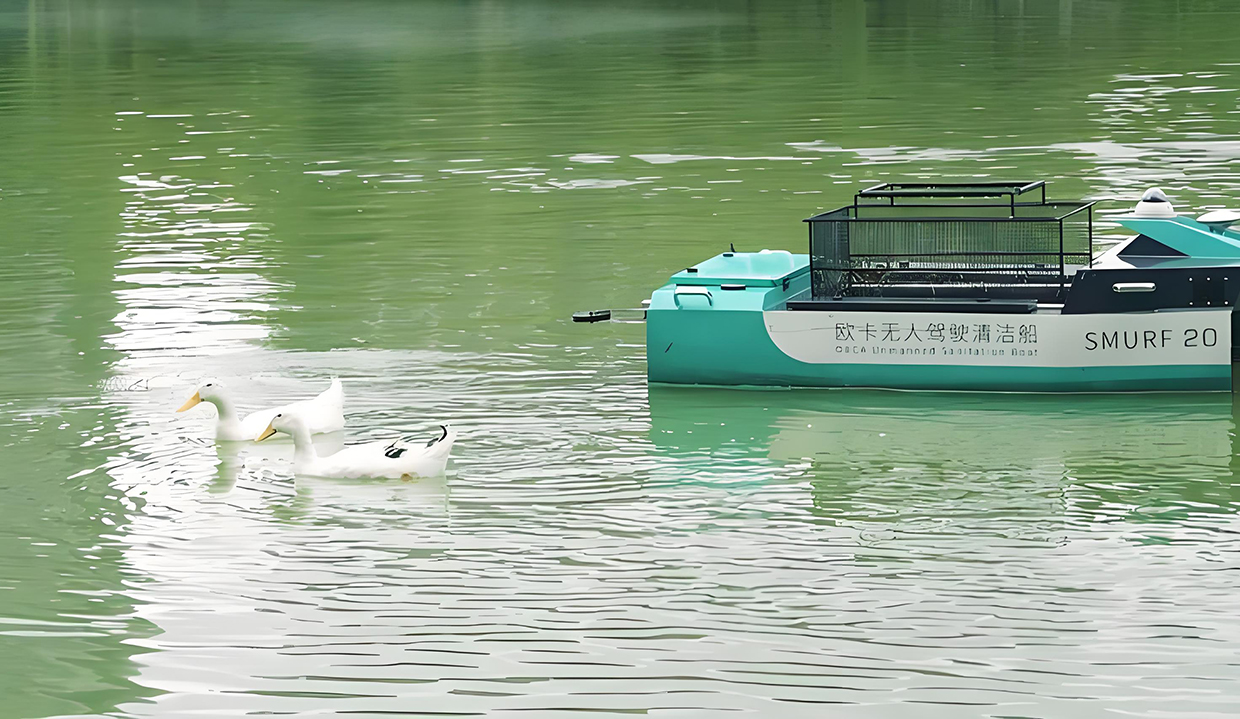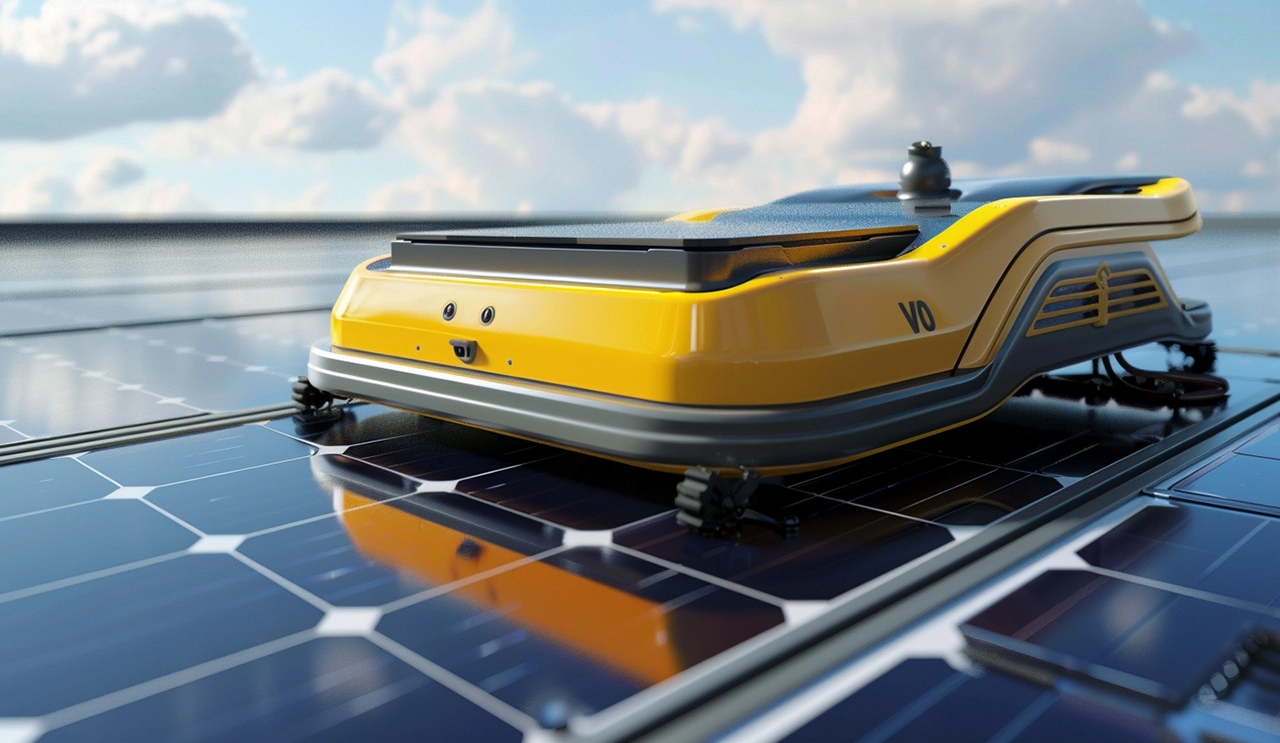
WIRELESS CHARGING IN THE NEWS
In the inspection process of modern industry and infrastructure, inspection robot has gradually become the main force with its high efficiency and safety characteristics. According to the different mode of movement, the inspection robot can be divided into hanging rail inspection robot and wheeled inspection robot. These two kinds of robots have significant differences in structure, application scenarios and operation characteristics.
Rail inspection robot is a kind of intelligent equipment which makes use of rail inspection system. It is usually mounted on a specific track and is able to move flexibly at high altitudes or in complex environments. Because it is not limited by obstacles on the ground, the rail inspection robot is especially suitable for high-altitude and inaccessible areas such as power transmission lines, Bridges, and tunnels. They maintain a set altitude through a stable track system, while using high-precision cameras, sensors and other equipment for real-time monitoring and data acquisition. This inspection method effectively avoids the risk of manual inspection and improves work efficiency, especially in high-voltage power line inspection, its role is particularly prominent. Because the hanging rail inspection robot is not affected by weather and terrain, it can operate all-weather and uninterrupted, ensuring the safe and stable operation of key facilities.
In contrast, wheeled inspection robots mainly rely on wheels moving on the ground for inspection. They are mostly used in flat or relatively flat environments, such as factory workshops, substations, pipeline lines, etc. Such robots are usually equipped with a variety of sensors, including infrared, ultrasonic, lidar, etc., which can accurately detect anomalies in the environment. Wheeled robots are particularly suitable for inspection work in complex industrial environments because of their ability to shuttle flexibly on the ground. Its autonomous navigation system can help them avoid obstacles and choose the optimal path to complete the inspection task. In addition, wheeled inspection robots usually have a strong endurance and can continue to work for a long time, which makes them very efficient in daily inspection tasks.
Although the hanging rail inspection robot and the wheeled inspection robot have obvious differences in the movement mode, they have great development potential in terms of intelligence and autonomy. With the advancement of artificial intelligence technology, these two types of inspection robots are constantly improving their data analysis ability and self-learning ability, so that they can cope with a variety of complex environments. In addition, with the advancement of sensing technology, the accuracy of both types of robots in environmental perception and anomaly detection is also increasing, which allows them to better guarantee the safety of critical facilities.
The hanging rail inspection robot and the wheeled inspection robot each have their unique advantages and are suitable for different application scenarios. The hanging rail inspection robot is suitable for high-altitude and inaccessible areas, while the wheeled inspection robot is more suitable for daily inspection tasks in complex ground environments. In the future, with the further development of technology, inspection robots will become more intelligent and multi-functional, providing more efficient and reliable solutions for the security of all walks of life.







